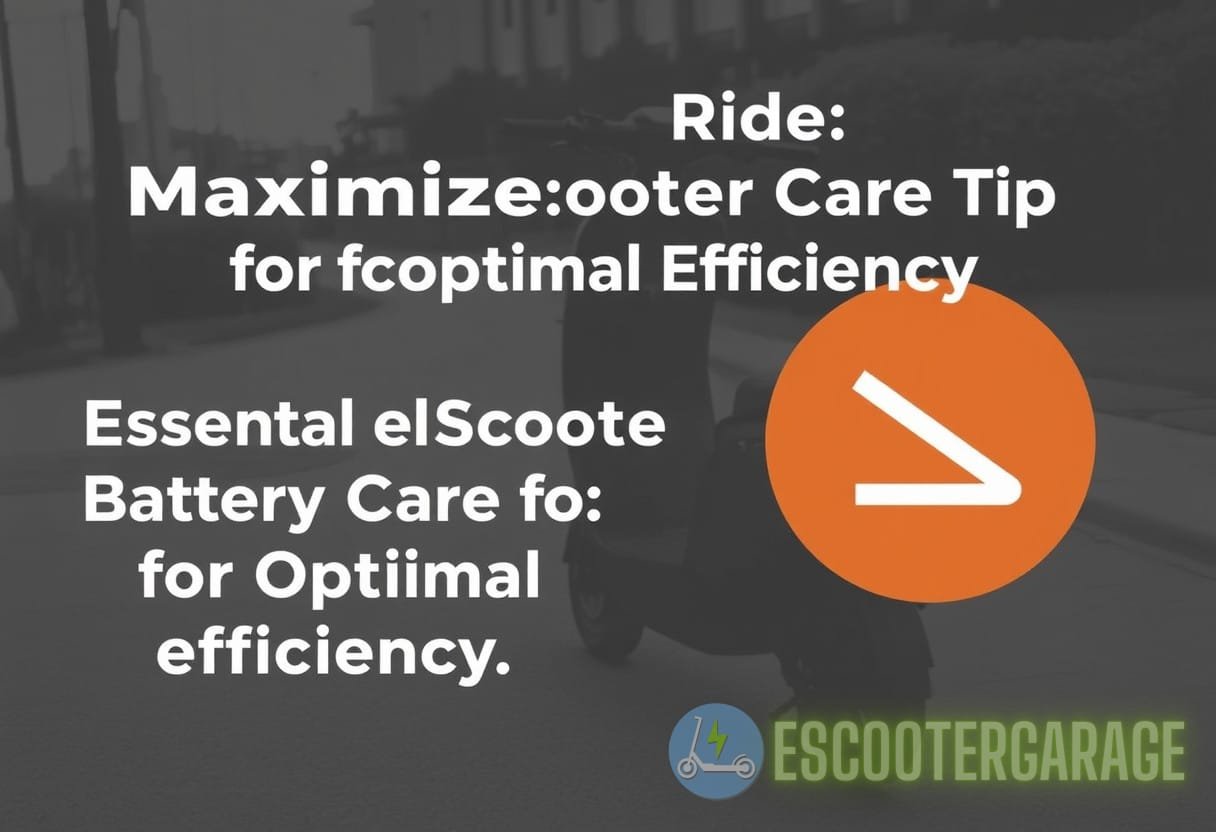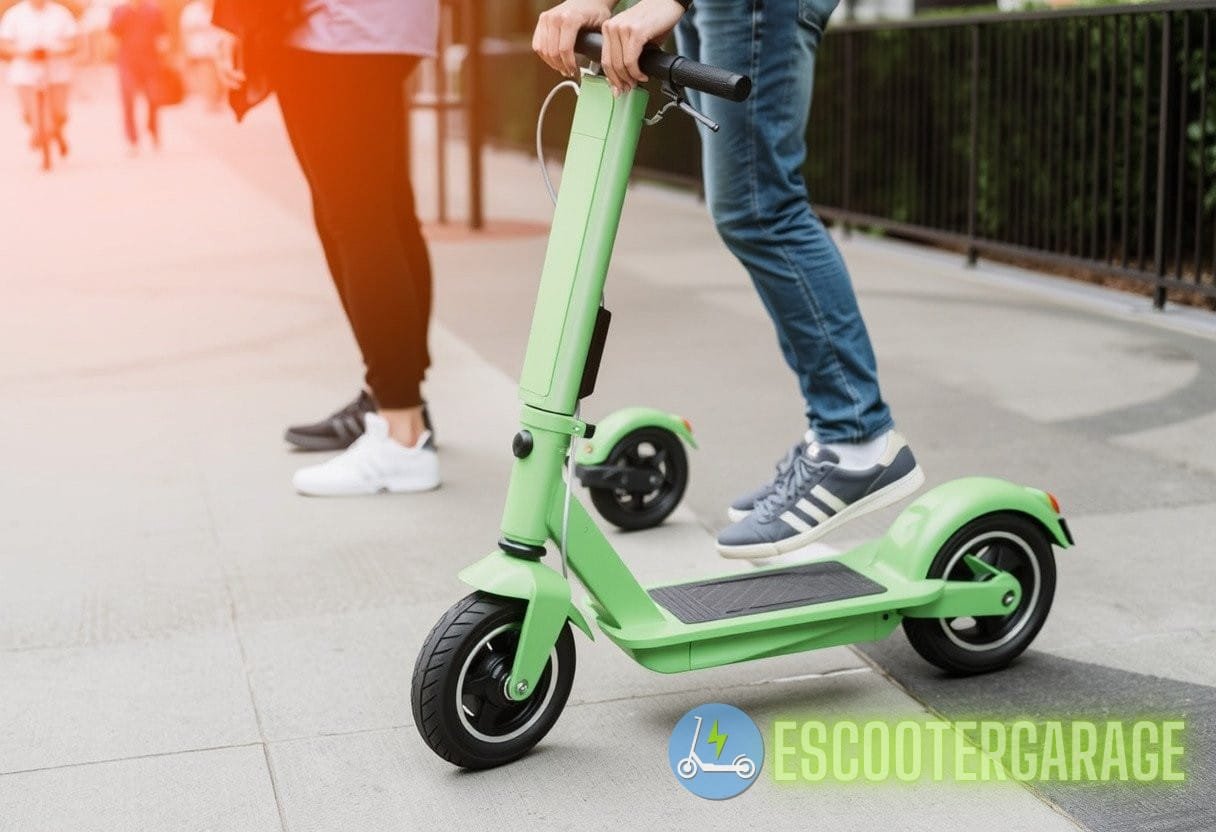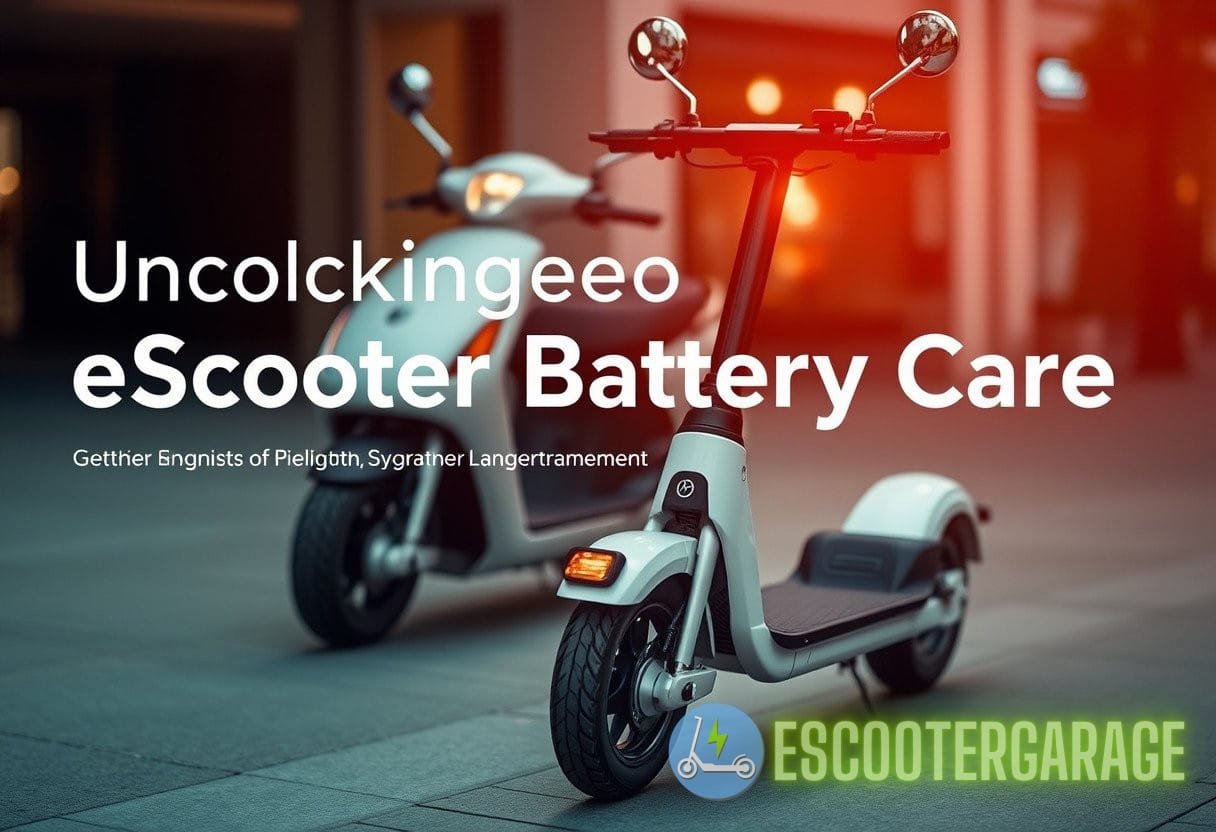Unlocking eScooter Efficiency: The Science of Battery Cycles and Sustainable Usage Practices
The rise of eScooters as a convenient mode of urban transportation has transformed how people navigate cities. However, one aspect often overlooked is the crucial role that battery cycles play in the efficiency and longevity of eScooter performance.
Understanding Battery Cycles
A battery cycle refers to the full discharge and recharge of a battery. For eScooters, which predominantly use lithium-ion batteries, understanding this concept is key to maximizing their lifespan and efficiency. Each battery has a defined number of charge cycles, typically between 300 and 900, depending on the specific type and brand.
- Partial Discharges vs. Full Discharges: It’s essential to note that a battery cycle can consist of multiple partial discharges and charges. For example, discharging a battery from 100% to 50% and then recharging it back to 100% counts as half a cycle.
- Battery Cycle Calculation: To maximize eScooter battery care, riders should aim to utilize their battery efficiently. Keeping track of discharges and charges can help in understanding how close they are to a full cycle.
The Chemistry of Lithium-Ion Batteries
The majority of eScooters utilize lithium-ion (Li-ion) batteries due to their high energy density and low self-discharge rates. Li-ion batteries consist of cathodes, anodes, separators, and electrolyte that interact chemically during charging and discharging cycles.
Throughout normal operation, lithium ions flow from the anode to the cathode during charging and back again when discharging. The chemical reactions involved in these cycles can lead to degradation over time, impacting both capacity and performance. Understanding this chemistry can aid in proper eScooter battery care.
Factors Affecting Battery Life
Several factors play a role in the longevity of eScooter batteries. These include:
- Temperature: Exposure to extreme heat or cold can severely damage lithium-ion batteries. Optimal operating temperatures are typically between 32°F and 104°F (0°C to 40°C).
- Charging Habits: Fast charging might seem convenient, but it can generate heat, leading to increased wear and tear on the battery. Slow charging is preferable for overall eScooter battery care.
- Depth of Discharge (DoD): Regularly discharging a battery to a very low level can shorten its lifespan. Experts suggest keeping the charge level between 20% and 80%.
Best Practices for eScooter Battery Care
Implementing sustainable practices can significantly enhance the performance and longevity of eScooter batteries. Here are vital strategies to consider:
- Regularly Charge: Regular charging can minimize deep discharges and keep the battery in an optimal range.
- Avoid Overcharging: While modern chargers have mechanisms to prevent overcharging, it’s good practice to unplug the eScooter once fully charged.
- Store Properly: If not using the eScooter for an extended period, store it in a cool, dry place and maintain a charge level of around 50%.
Real-World Case Studies
Several studies highlight the impact of sustainable eScooter battery care. For instance, a recent study conducted by the National Renewable Energy Laboratory (NREL) examined different charging habits and their effects on battery longevity across various eScooter models. The findings indicated that eScooters that adhered to recommended charging practices extended their battery life by an average of 20%.

Another case study in San Francisco showed that delivering user tips on eScooter battery care through mobile apps led to a noticeable decrease in battery replacement costs for rental fleets, underscoring the economic benefits of proper maintenance.
Monitoring Battery Health
Monitoring battery health is essential for any eScooter user. Many modern eScooters come equipped with smart technology to track battery status. Regularly checking for software updates and using built-in diagnostics can preemptively identify issues, keeping your eScooter in prime condition.
- Battery Management Systems (BMS): These systems oversee charge levels and ensure temperatures stay within safe limits.
- Mobile Applications: Some eScooter brands offer apps that provide real-time data on battery health and optimal charging schedules.
Environmental Considerations and Sustainability
As cities increasingly turn to eScooters to reduce traffic congestion and carbon emissions, understanding eScooter battery care through a sustainability lens is essential. Proper reuse and recycling of lithium-ion batteries are critical in minimizing environmental impacts.
Here are some points on ensuring sustainable eScooter usage:
- Battery Recycling Programs: Many cities are introducing schemes to safely recycle eScooter batteries. Always inquire about local options.
- Choose Sustainable Brands: Some producers are committed to minimizing environmental effects throughout the battery lifecycle. Research companies that prioritize sustainability.
Future Trends in eScooter Battery Technology
The future of eScooter batteries is evolving. Researchers are investigating various technologies, including solid-state batteries and advancements in lithium-sulfur options, anticipated to boast higher efficiency and lower environmental footprints. Here are a few notable trends:
- Higher Energy Density: Future batteries might deliver greater energy density, leading to longer ranges without increasing weight.
- Faster Charging Times: Innovations may allow batteries to charge more quickly while ensuring safety and longevity.
- Improved Materials: Exploration of alternative materials can reduce reliance on rare metals, enhancing sustainability.
Conclusion
As eScooters become a cornerstone of urban transportation, understanding eScooter battery care through the lens of battery cycles and sustainable practices is imperative. By adopting best maintenance practices and staying informed about technological advancements, riders can contribute to a more sustainable future while maximizing their eScooter’s performance.
For more insights on maintaining your eScooter, check out our articles on eScooter Maintenance Tips and Battery Usage Guidelines.



